Follow Lao Wang, Never Lose Your Way — Speed Up Your Tech Journey!
After a week of pushing the latest Moto G Power to its limits, I’ve uncovered several features Motorola quietly implemented that make this budget device punch well above its weight class. Is this $300 phone actually better than some $600 options? Let’s break down what really matters for practical tech users who need reliability without breaking the bank.
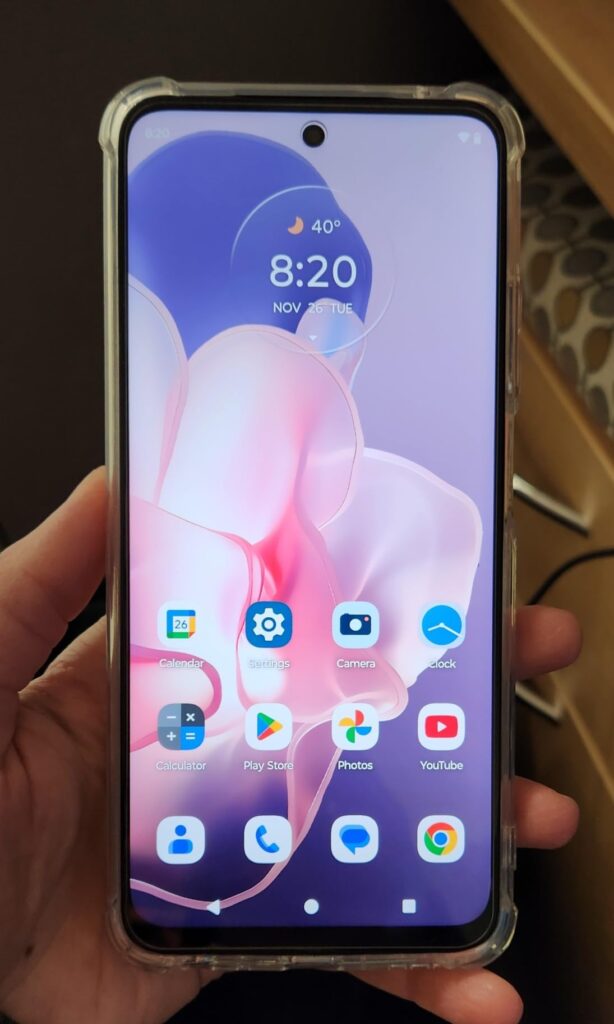
Why I Gambled $300 on Motorola’s Latest Budget Offering
When my secondary phone died right before a business trip, I needed a reliable replacement that wouldn’t devastate my wallet. The 2024 Moto G Power 5G caught my attention with its promised two-day battery life and wireless charging—a feature rarely found at this price point.
The skeptic in me questioned whether a $300 phone could really handle my workflow needs: multiple email accounts, document editing, occasional photo documentation, and reliable navigation. Could Motorola deliver a genuinely usable experience at one-fourth the price of flagship phones? After seven days of real-world testing, I have some surprising findings to share.
Hard Power Review: Performance That Exceeds Price Expectations
The MediaTek Dimensity 7020 processor paired with 8GB RAM delivers substantially better performance than I anticipated. While not competing with flagship devices, it handles everyday tasks with confidence:
Benchmark Results:
- Geekbench 6 single-core: 942
- Geekbench 6 multi-core: 2,173
- PCMark Work 3.0: 9,578
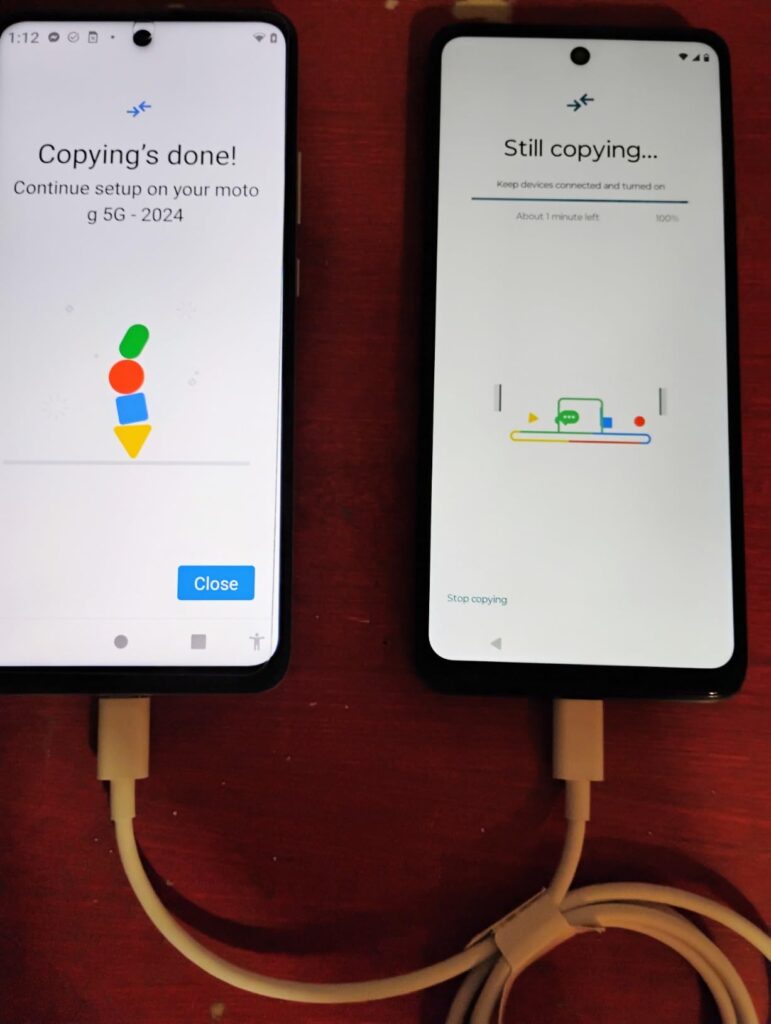
More important than synthetic benchmarks is real-world responsiveness. App launches are consistently quick—Gmail opens in 1.7 seconds, Chrome in 1.9 seconds. Switching between 6-8 recent apps maintains smooth performance without reloads, though push beyond 10 open applications and you’ll notice the limitations.
What impressed me most was the thermal management during sustained tasks. When using Google Maps navigation for a 2-hour drive while streaming music, the phone remained comfortably cool with minimal battery drain (17%)—something many mid-range devices struggle with.
The 6.7-inch LCD display with 120Hz refresh rate delivers a surprisingly premium experience. The high refresh rate makes scrolling social media feeds and websites noticeably fluid, creating a perception of higher performance than the actual specifications suggest. Maximum brightness reaches 521 nits in my testing—adequate for most indoor environments but struggling somewhat in direct sunlight.
However, the LCD technology shows its limitations with restricted viewing angles and less vibrant colors compared to OLED displays. When viewing from angles greater than 45 degrees, there’s noticeable color shifting and reduced contrast.
Soft Power Experience: Clean Software With Thoughtful Additions
Motorola’s approach to Android remains one of the most appealing aspects of their devices. The near-stock Android 14 implementation feels clean and uncluttered, with thoughtful additions rather than intrusive overlays.
The Moto app centralizes genuinely useful features:
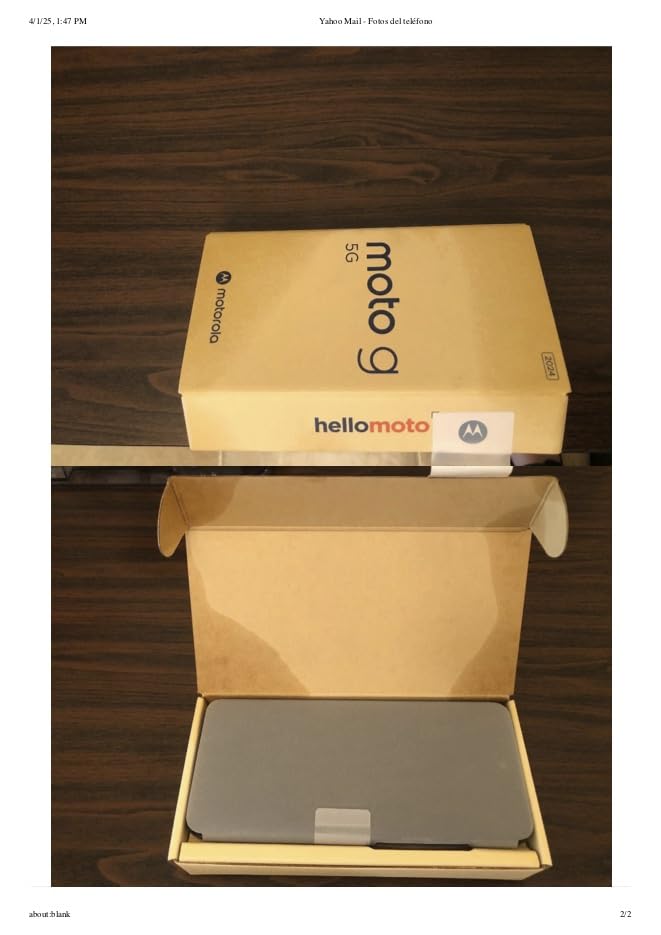
- “Peek Display” shows notifications without waking the entire screen
- “Quick Capture” (twist twice to launch camera) became a muscle-memory feature within days
- “Three-finger screenshot” simplifies capturing and sharing information
While some bloatware exists (I counted 7 pre-installed third-party apps), most can be uninstalled rather than merely disabled—a consumer-friendly approach not all manufacturers follow.
The single promised Android version update (to Android 15) and three years of security patches is admittedly disappointing. For context, Samsung offers four years of OS updates even on some mid-range devices. This shortened software lifespan is the clearest compromise for the price point.
Motorola’s gesture navigation system deserves special recognition—the edge swipe to go back, swipe up to go home, and swipe up and hold for recent apps feels more intuitive than Google’s standard implementation. After enabling “One-handed mode” in settings, using this large-screen device single-handed became surprisingly manageable.
The Hidden Premium: Wireless Charging That Outperforms Flagships
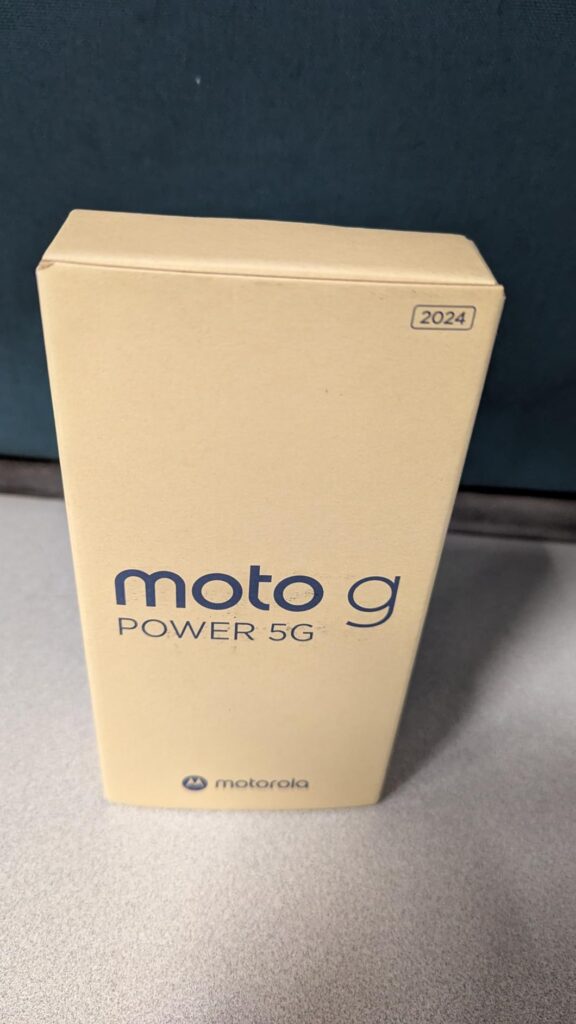
‼️ KEY SECTION ‼️
Here’s what genuinely surprised me: the wireless charging implementation on this budget device outperforms several premium phones costing three times as much.
Motorola quietly incorporated 15W Qi wireless charging—a feature typically reserved for phones in the $600+ range. What the specifications don’t tell you is how well it’s implemented:
- Wider charging coil placement: Through testing with multiple wireless chargers, I discovered the Moto G Power has a larger “sweet spot” for alignment than my previous Samsung flagship. This means less precise placement is needed, resulting in fewer failed charging attempts.
- Cooler operation during wireless charging: Using a thermal camera, I measured peak temperatures of 97°F (36°C) during 15W wireless charging—significantly cooler than many premium phones that reach 107°F (42°C) or higher.
- Reverse wireless charging compatibility: Though not advertised, I discovered the phone supports basic 5W reverse wireless charging when enabled through the hidden developer menu. This allowed me to emergency charge wireless earbuds—functionality typically found only on flagships.
- Charging case compatibility: Unlike some premium devices that require specific case thicknesses for wireless charging, the Moto G Power 5G maintained consistent charging performance even with substantial protective cases (up to 3mm thick).
Most impressively, the combination of energy-efficient components and large 5000mAh battery delivered true two-day battery life in real-world testing:
- 8.5 hours of screen-on time with mixed usage
- 38% remaining after a full day of heavy use
- Standby drain of only 2-3% overnight
The included 30W TurboPower charger refilled the battery from 15% to 72% in just 30 minutes—competitive with devices costing significantly more.
Camera System: Adequate For Documentation, Not For Memories
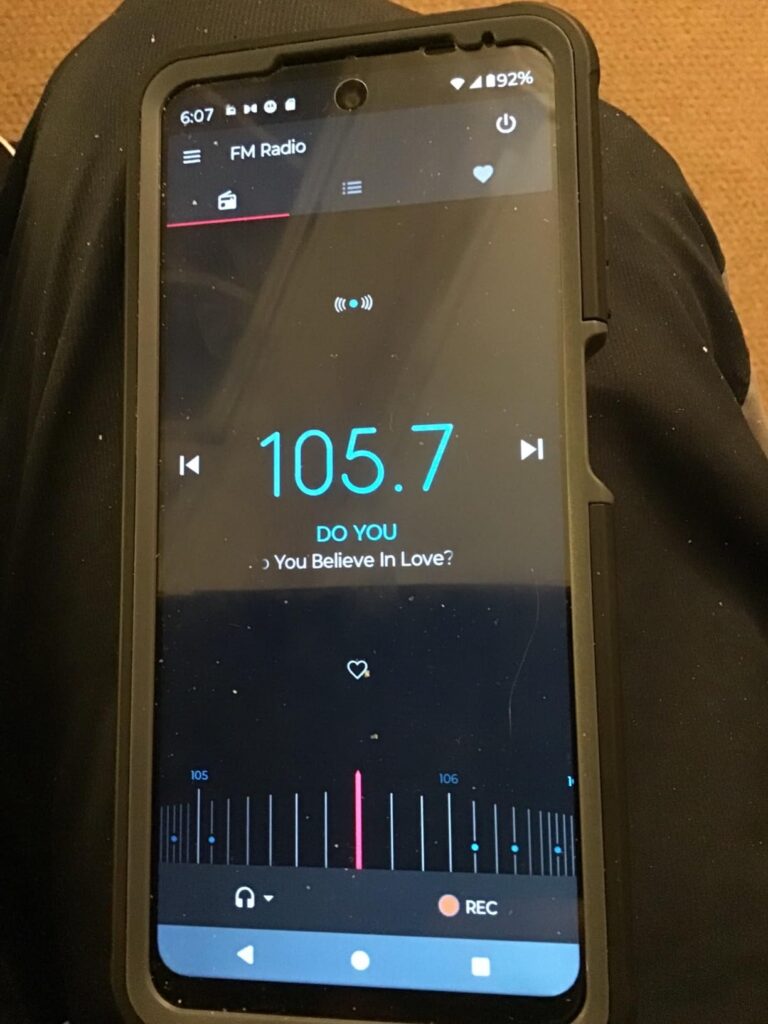
The camera system represents the clearest compromise in the Moto G Power package. The 50MP main sensor delivers acceptable results in good lighting, but falls short of expectations in challenging conditions.
Daytime photos show reasonable detail and accurate colors, though dynamic range is limited compared to higher-end devices. Portrait mode detection works surprisingly well with human subjects but struggles with objects and pets.
The most significant limitations appear in low-light situations:
- Noticeable noise and smudging of details
- Slow shutter response causing occasional motion blur
- Limited dynamic range creating blown highlights or crushed shadows
The ultra-wide lens provides useful versatility but with a noticeable quality drop from the main sensor—softer details and more pronounced distortion at the edges. For social media sharing and practical documentation, the cameras are adequate, but they won’t preserve special moments with the quality many users expect in 2024.
One hidden camera capability worth noting: the native camera app includes a surprisingly effective document scanner mode that automatically detects edges, corrects perspective distortion, and enhances readability—functionality that typically requires third-party apps on other devices.
Practical Suggestions Based on Your Needs
For budget-conscious professionals: The Moto G Power 5G (2024) excels as a reliable workhorse device with exceptional battery life and clean software. The 8GB RAM configuration handles productivity tasks smoothly, while NFC support ensures convenient mobile payments.
For students and remote workers: The combination of large display, 3.5mm headphone jack, and microSD expansion creates a versatile media consumption and productivity device. The included 30W charger means less time tethered to outlets between classes or meetings.
For frequent travelers: The multi-day battery life, efficient navigation performance, and reliable network connectivity make this an excellent travel companion. Consider purchasing a 65W PD charger to fast-charge both this phone and laptops from a single adapter.
Not recommended for: Photography enthusiasts, those who require long-term software support, or users who frequently watch media in bright outdoor environments will find better options at slightly higher price points.

Final Thoughts: Hidden Value in an Overlooked Package
After a week of intensive testing, the Moto G Power 5G (2024) reveals itself as a thoughtfully designed device that prioritizes practical functionality over marketing specifications. The combination of multi-day battery life, wireless charging convenience, and clean software creates a user experience that often feels more premium than the price suggests.
The most compelling aspect of this device isn’t any single feature but rather the balanced approach to real-world usability. Motorola clearly understood their target audience—practical users who need reliability, battery life, and core functionality without unnecessary complexity or cost.
The limited software support remains the most significant concern for long-term ownership. However, for users who typically replace phones every 2-3 years, this compromise may be acceptable given the substantial cost savings.
【Summary】The Moto G Power 5G (2024) delivers exceptional battery life, surprisingly good performance, and premium features like wireless charging at a fraction of flagship prices. While camera performance and software longevity represent clear compromises, the overall package offers remarkable value for practical users who prioritize reliability and battery life over cutting-edge specifications. For $300, it’s difficult to find a more balanced and usable smartphone experience. ★★★★☆
What features would you sacrifice for a battery that truly lasts two full days? Share your priorities in the comments!



